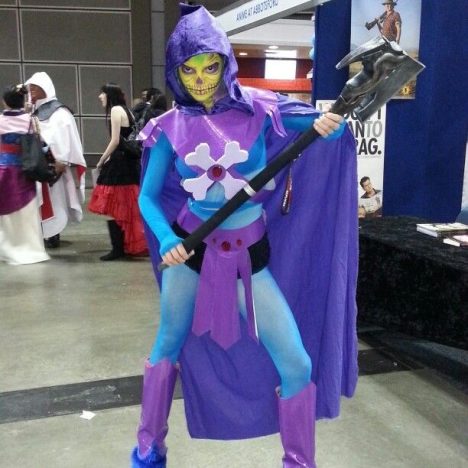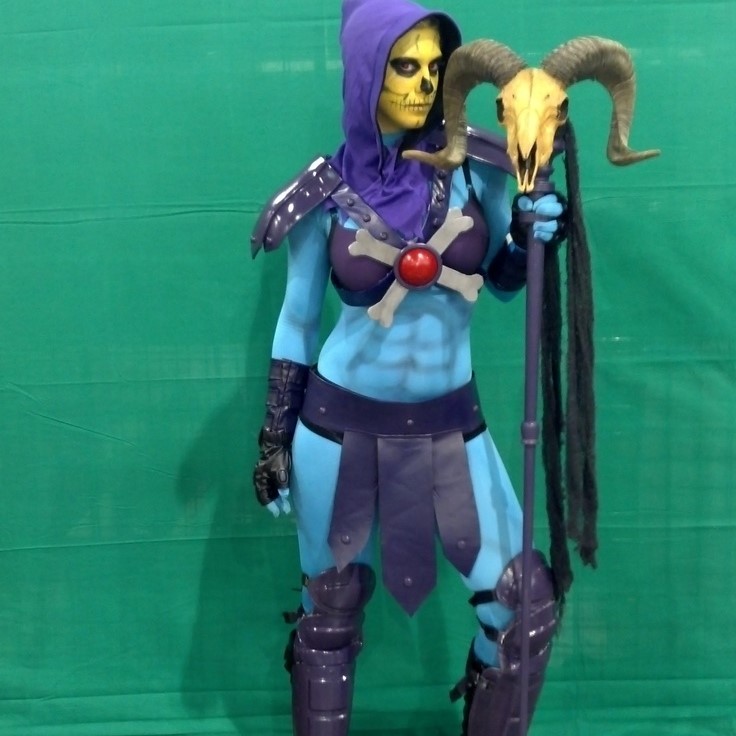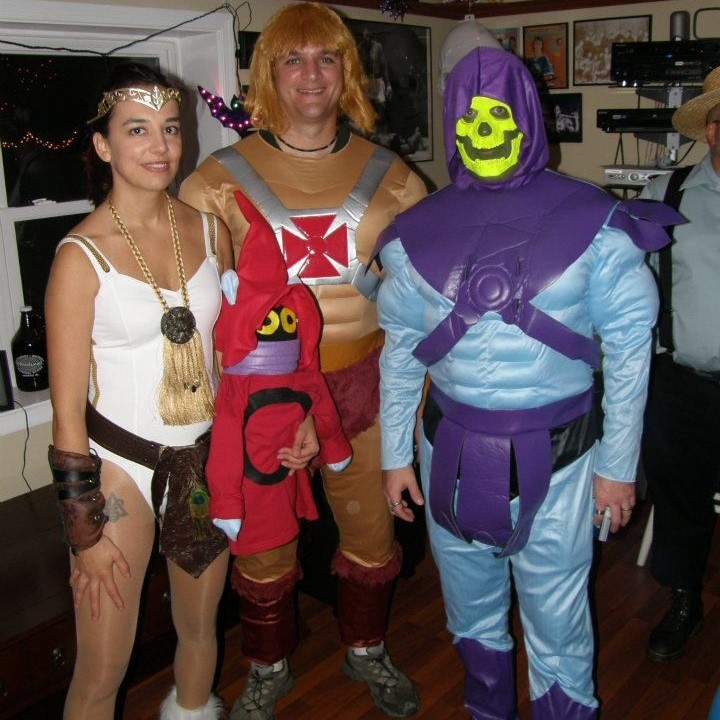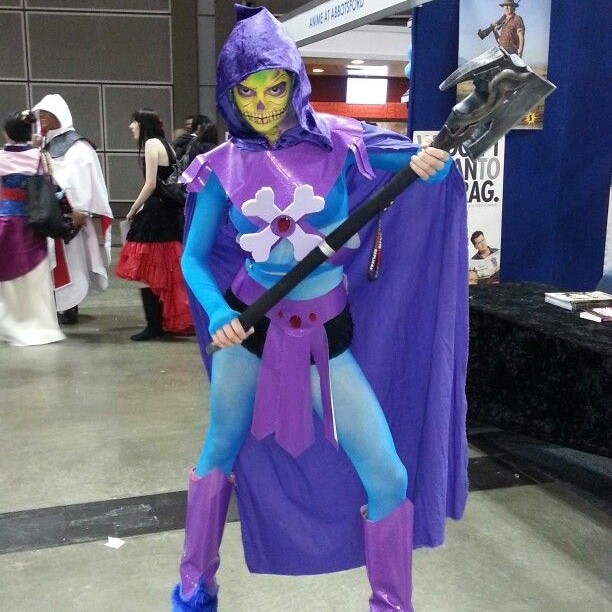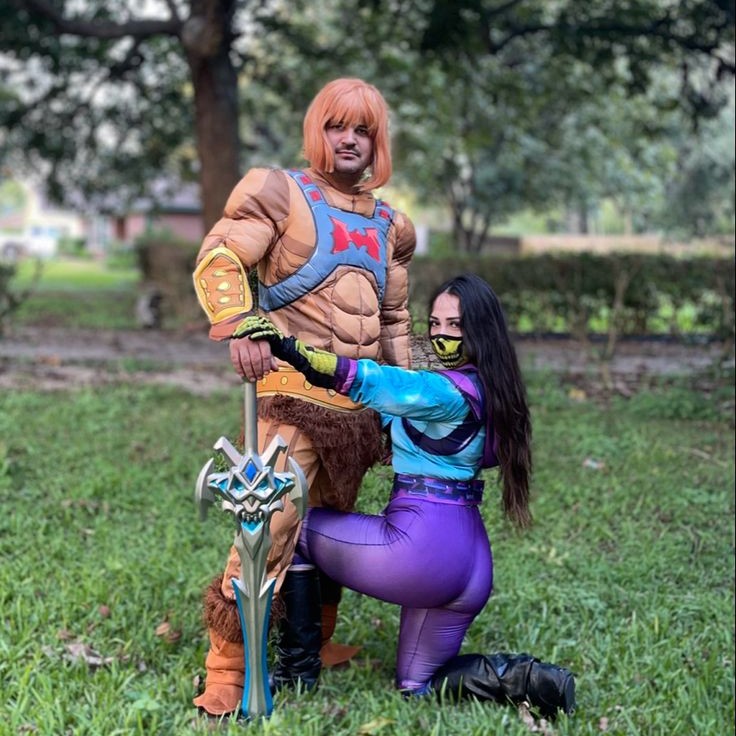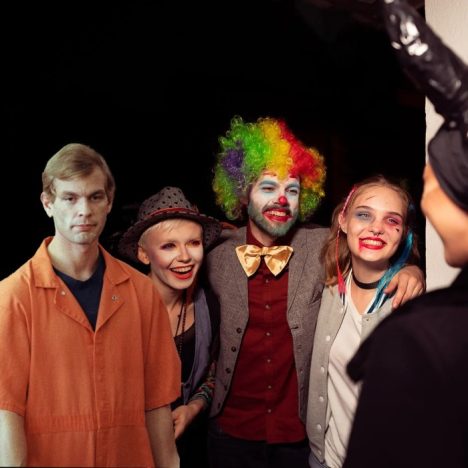Contents
- 1 Introduction: Embracing the Iconic Villain
- 2 Understanding the Character: Who is Skeletor?
- 3
- 4 Designing Your Skeletor Costume
- 5 Crafting the Costume: Step-by-Step Guide
- 6
- 7 Accessories That Complete the Costume
- 8
- 9 Tips for Perfecting Your Presentation
- 10 Caring for Your Skeletor Costume
- 11
- 12 Conclusion: Bringing Your Skeletor Costume to Life
Introduction: Embracing the Iconic Villain
When we think of memorable villains in pop culture, few characters resonate quite like Skeletor from the “He-Man and the Masters of the Universe” series. Skeletor represents the quintessential villain—clever, charismatic, and notoriously diabolical. His distinctive skeletal face, dramatic presence, and layered backstory have cemented him in the hearts of fans across generations. Creating a skeletor costume not only allows you to embody this beloved character but also provides an opportunity for creativity and fun.
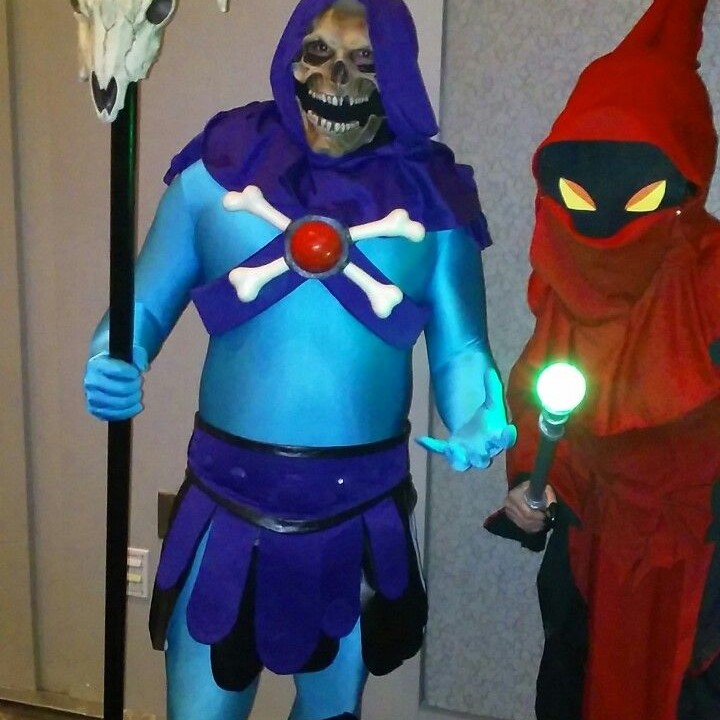
Whether preparing for Halloween, a comic convention, or a themed party, this ultimate guide will take you through the entire process of crafting your Skeletor costume—from the initial concept to the final reveal. We aim to ensure you have all the information needed to design, assemble, and showcase your villainous look in style.
Understanding the Character: Who is Skeletor?
- Character Background:
- Skeletor made his debut in the 1980s animated series, “He-Man and the Masters of the Universe,” created by Mattel. As the arch-nemesis of He-Man, Skeletor resides in the dark realms of Castle Grayskull and seeks to control the power of the universe.
- With his haunting laugh, menacing presence, and memorable catchphrases, Skeletor has become an enduring symbol of villainy within the franchise. His portrayal in various media, including comic books, films, and revival series, has only solidified his status as a beloved character.
- Visual Design:
- Skeletor’s look consists of a skeletal visage, purple hooded robes, and a belt adorned with skulls. His imposing physique is accentuated by armor, which adds to his formidable presence.
- Capturing these elements is essential for creating an authentic Skeletor costume. Recognizing these components will help you plan your design effectively and assemble all necessary materials.
Designing Your Skeletor Costume
- Concept Development:
- Before you start crafting, take time to sketch out or visualize your ideal Skeletor costume. Consider which aspects of the character you want to capture—will you choose a classic look, or opt for a modern twist on the design?
- Use reference images from the animated series, toys, and new adaptations to study Skeletor’s looks across different portrayals. Gathering these images can help solidify your concept and lead to a more cohesive final product.
- Color Palette:
- Skeletor’s traditional color scheme prominently features deep purples, blues, and blacks. Using these colors will help you stay true to the character while allowing room for your creative interpretation.
- Don’t hesitate to pick variations of these colors, like a lighter shade of purple for accents or a metallic blue for armor. A strong color palette will enhance the overall impact of your costume.
- Materials Selection:
- Choosing the right materials is crucial for comfort and aesthetics. Typically, you will want to use lightweight, breathable fabrics for the main costume elements, such as spandex or cotton for the base layer.
- Foam, leather, or PVC plastic can be great choices for creating armor and other structured elements. Ultimately, the material will play a vital role in your comfort and mobility while wearing the costume.
Crafting the Costume: Step-by-Step Guide
- The Base Layer:
- Start with a fitted long-sleeve shirt and pants as your base layer. You can go with dark colors like black or purple to establish the foundation of your costume. If needed, dye plain fabrics to get your desired shades.
- Consider adding texture to the sleeves or pants with subtle patterns that could mimic the armor Skeletor wears. This initial layer will serve as your skeleton, so focus on getting a proper fit and ensuring comfort.
- Adding the Armor:
- Prepare to create Skeletor’s iconic armor, which often includes chest, shoulder, and forearm pieces. Using craft foam, outline the pieces on paper first and transfer the finished designs to the foam.
- Once your armor pieces are cut, paint them in the appropriate colors. A glossy finish will mimic the shiny look of traditional villain armor, enhancing your overall appearance.
- Attach the armor pieces with Velcro, elastic bands, or straps to allow for easy wearing and removal.
- Creating the Hood and Cape:
- The cape is an essential element of Skeletor’s ensemble, so choose a fabric that flows beautifully. Dark purple or black fabric will be ideal for the hooded cape.
- Follow instructions to create a cape that drapes well—it should be attached securely to your costume but still allow for movement. You can also add a hood made from the same fabric for extra flair.
Accessories That Complete the Costume
- The Staff:
- Skeletor is often seen wielding a staff, which is a defining characteristic of the character. A simple DIY staff can be made using a sturdy dowel or pipe and should be coated in paint to resemble Skeletor’s staff.
- You can even add embellishments to the top of the staff, such as an imitation skull or decorative designs that reflect the character’s dark magic.
- Mask or Face Paint:
- Face paint is crucial for capturing Skeletor’s visage accurately. You can either opt for a full, custom-made mask, or use face paint to create a skull-like appearance.
- If applying face paint, make sure to use high-quality, skin-safe products. Apply a base coat of white, and then add black for the eyes and contour the cheekbones to reflect Skeletor’s skeletal features.
- Gloves and Footwear:
- Gloves and appropriate footwear are important aspects that shouldn’t be overlooked. Choose gloves that match the overall color scheme, perhaps opting for dark textures that reflect Skeletor’s design.
- For footwear, consider knee-high boots or simple black shoes covered with fabric or foam to capture the essence of Skeletor’s feet while ensuring comfort.
Tips for Perfecting Your Presentation
- Practice Your Characterization:
- To truly embody Skeletor, practicing your characterization can significantly enhance your overall presentation. Adopt his deep voice, mannerisms, and expressions to engage with others and bring the character to life.
- Memorizing a few quotes or catchphrases from the series can deepen your portrayal and resonate with fellow fans, enhancing the experience for everyone.
- Engagement with Others:
- Events like comic conventions or themed parties will allow you to interact with other attendees. Sharing your experiences, engaging with fellow fans, and taking pictures can create great memories and connections.
- Don’t hesitate to participate in group photos or events; your commitment to character will certainly improve the atmosphere.
Caring for Your Skeletor Costume
Maintenance Tips:
-
- After crafting your skeletor costume, regular maintenance is required to keep it in excellent condition. Dust the costume components regularly to maintain cleanliness, especially if displayed.
- For fabric elements, gentle spot cleaning with a mild detergent can extend the life of your costume. Often, a wash in a gentle cycle can rejuvenate your outfit without damaging it.
Storage Considerations:
- Utilizing Garment Bags:
- To protect your costume from dust, dirt, and potential damage, use breathable garment bags. These bags can help keep costumes clean while allowing moisture to escape, preventing mildew or mold growth.
- Choose garment bags that are long enough to ensure the entire costume fits comfortably without being crammed. This approach helps maintain the costume’s shape and prevents unnecessary wrinkles.
- Using Padded Hangers:
- Instead of using regular hangers, opt for padded hangers to store your costume. Padded hangers provide extra cushioning and help retain the shape of delicate fabrics, such as cloaks or capes, which could easily get stretched or misshapen.
- When hanging your costume, ensure that all pieces are secured properly, and avoid overcrowding your storage space. This will help prevent snagging or fabric pulls that could occur when items are in close contact.
- Temperature and Humidity Considerations:
- Store your costume in a cool, dry place to protect it from environmental factors that can cause damage. High humidity levels can promote mold and mildew growth, especially in fabrics that are prone to moisture absorption, such as cotton or wool.
- Avoiding Direct Sunlight:
- Direct sunlight can cause fading, discoloration, and material degradation. Therefore, never store your costume in areas that receive direct sunlight, such as bright windows or unprotected outdoor spaces.
- Instead, opt for dark storage solutions, such as opaque containers or closets. If you must use a clear container, make sure to keep it covered with a cloth to shield the costume from UV exposure.
- Protecting Costume Accessories:
- It’s not just the main costume that requires proper storage; any accessories, such as wigs, props, or shoes, also need care. Store wigs on wig stands or in boxes to maintain their shape and prevent tangling.
Conclusion: Bringing Your Skeletor Costume to Life
Embarking on the journey to create a skeletor costume can be both exciting and rewarding. By following this comprehensive guide, you can transform your creative concept into a tangible, striking costume that pays homage to one of pop culture’s most iconic villains.
With attention to detail and a passion for character representation, your Skeletor costume can truly shine, drawing admiration from fans and friends alike. Whether for Halloween, cosplay events, or simply for fun, embodying Skeletor allows for a unique expression of creativity and nostalgia.
